Without voice-overs and at a fleeting 72-minute running time, Kimi Takesue’s entrancingly framed Onlookers may be compelling enough just for taking in the beautiful scenery of Laos. However, Takesue revels in the complications of human—specifically tourist—interactions with Laos and its people and the complex, nuanced implications of the voyeur.
This image-based documentary consists of a multitude of painterly single shots—often lasting less than two minutes—of contemporary Laos. Takesue’s use of color is particularly vivid, not only within the natural landscapes of verdant green grasses and trees, the bright oranges (the saffron robes of the monks), and blues (the sunny-day skies). This eye-catching attention to color in its differing forms (the natural and spiritual versus the plastic, the material) illustrates the film’s conflicting ideas. One of the main credits after Takesue (who also shot, produced, edited, and did sound work) is for colorist Christopher DiBerardino, who assisted with creating the rich palate.
Takesue’s shots linger over Laotians—a morning scene of a group of a few women sitting on the side of the road, waiting to give alms to monks, as roosters crow, birds chirp and insects hum; the setting up of a clothing market; monks crossing a long wooden bridge as water rushes softly underneath, a glint of sunlight upon the river’s reflection; schoolchildren making their way to school as one breaks away, with a grin and a bag of cheese puffs, mugging for the camera.
Onlookers also follows small swarms of tourists as they load and unload boats to come ashore carrying massive backpacks. The film can be quietly witty in its visual cues—occasionally it feels as if we are alone, watching a monk’s ritual, then suddenly, a tourist emerges into the frame, snapping photos or taking videos. It’s one of the first films I’ve seen to capture this is such a slow, meditative, and therefore uncomfortable, manner. There’s almost a unified, ritualistic way the tourists take the photos—either a very brief or nonexistent taking in of an image in real life before snapping it on a camera or a smartphone, and then quickly walking away.
In one key shot, a small band of tourists take selfies atop a mountain—they are all in their own worlds, trying to capture themselves in the photo rather than the moment. Besides thumping club music that plays incongruously next to a tranquil river where tourists are inner tubing, the quietness of the tourists is striking—it’s often uncertain what their nationality. There’s so little conversation being had. They may be looking down at their phones, or just taking selfies, videos, and pictures (sometimes one of a local, without permission) around ancient temples. Perhaps the quietness is what makes them feel less odious than say, the debaucherous British partiers in Crete in the feature film How to Have Sex, but there is still something uneasy about watching a French tourist couple dither over which postcards to buy from a metal rack.
Takesue presents the nuances of the camera and the onlooker and the treating of people as product (in art and commerce) with her ambiguous, enchanting film.

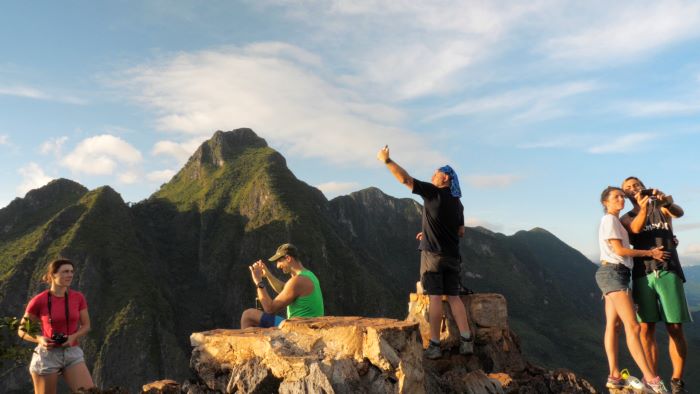


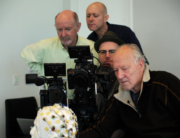


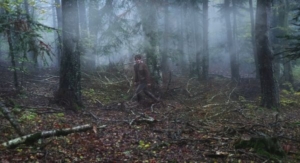
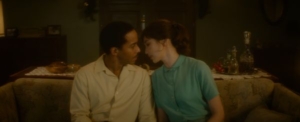







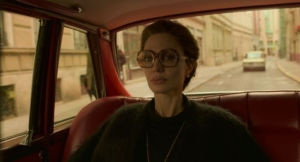
Leave A Comment